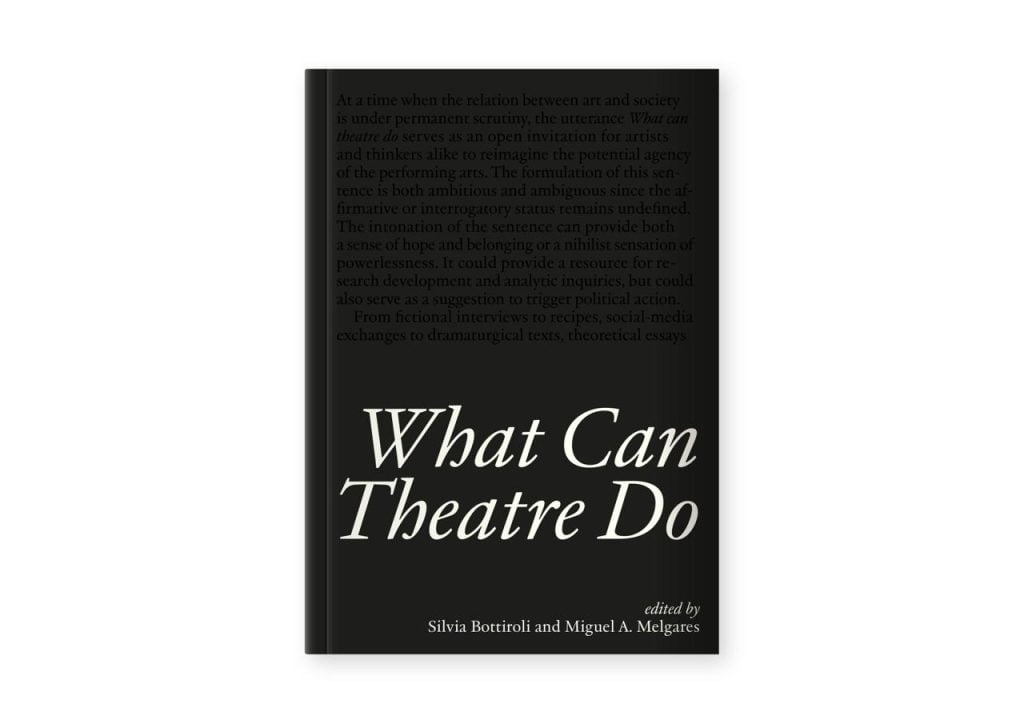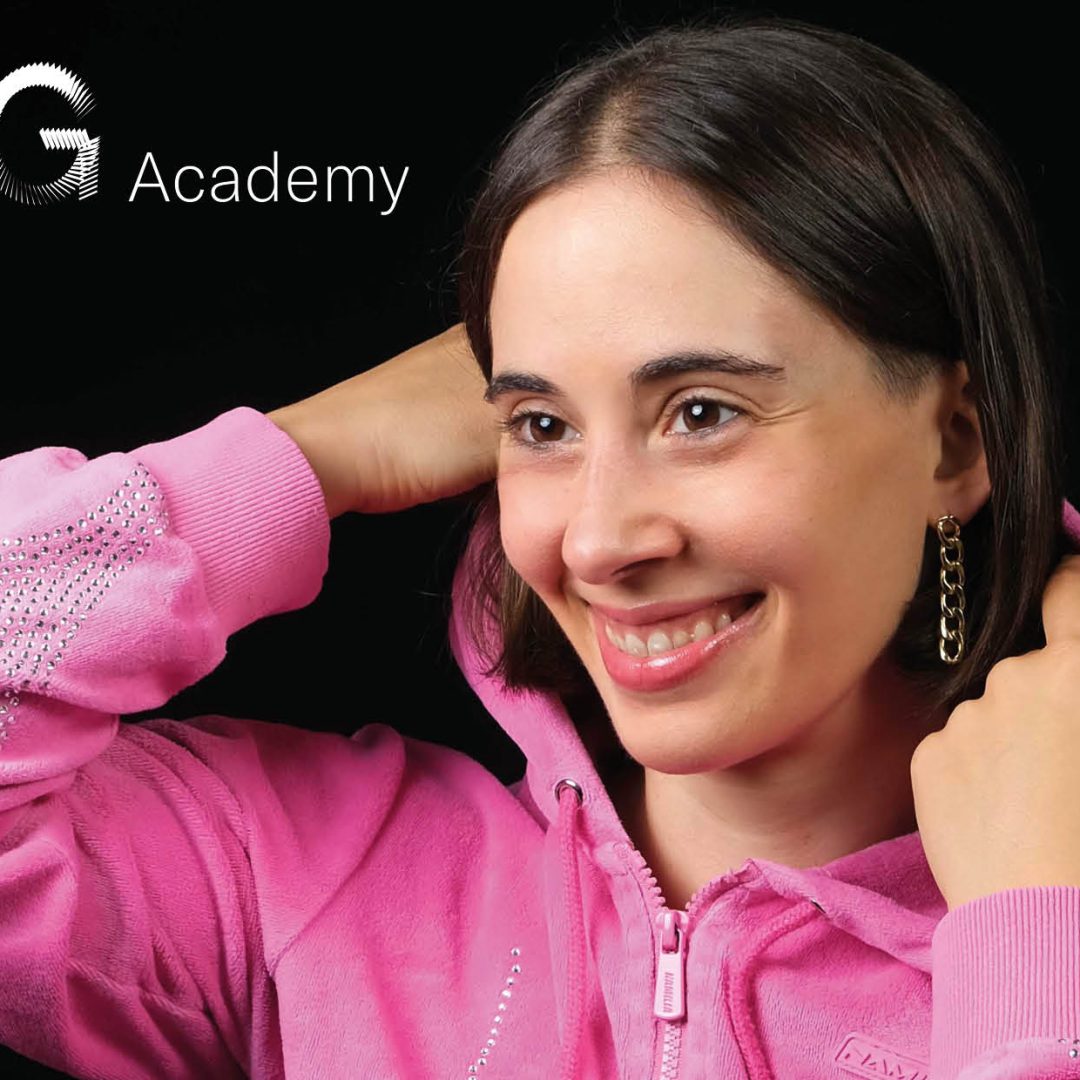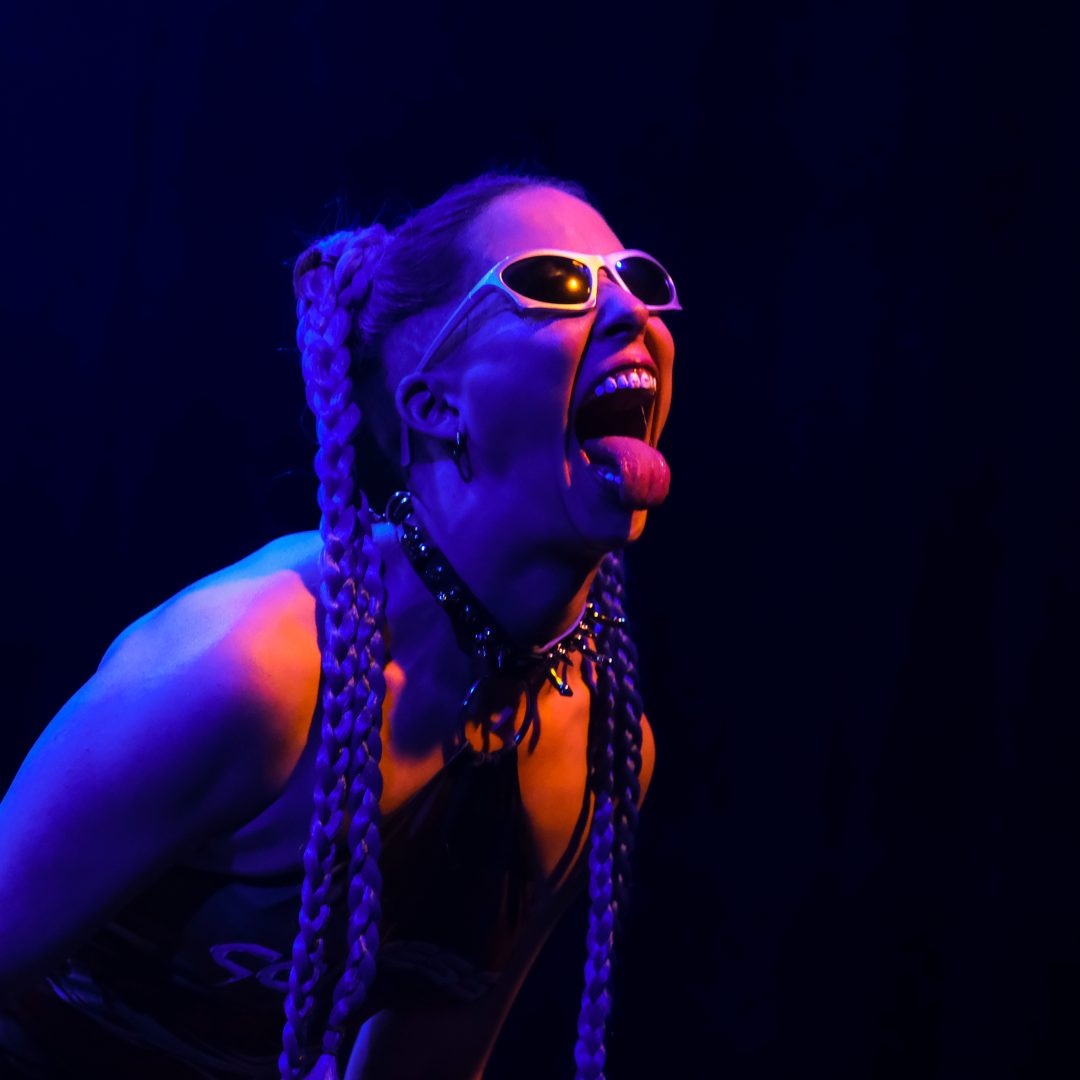
- Book launch
- SPRING Academy
Book Launch: What Can Theatre Do
This book launch will feature a conversation and an artistic intervention, focused around the utterance ‘What Can Theatre Do’: an invitation for artists and thinkers alike to reimagine the potential agency of the performing arts.
A conversation between Laura Cull Ó Maoilearca (ATD Lector) and Ingrid Vranken (DAS Theatre Artistic Leader) with the book editors Silvia Bottiroli and Miguel A. Melgares, and an artistic intervention by Ainhoa Hernández Escudero.
At a time when the relation between art and society is under permanent scrutiny, the utterance What Can Theatre Do serves as an invitation for artists and thinkers alike to reimagine the potential agency of the performing arts. The formulation of this sentence is both ambitious and ambiguous since the affirmative or interrogatory status remains undefined. From fictional interviews to recipes, social-media exchanges to dramaturgical texts, theoretical essays to artistic interventions, the book contributions are a diverse and multifaceted collection of dialogues. These interventions are singular and unique but share concerns and desires about the politicality of theatre as a realm where possible alternative realities can be enacted and potential future scenarios can be collectively rehearsed. What Can Theatre Do explores the idea of a book as a complex performative apparatus that can generate a space within which art and theory, and therefore also strategies of reality-making and of fiction-making, can entangle and affect one another, creating possibilities for the emergence of the not yet imagined.
With a foreword by Laura Cull Ó Maoilearca and Ingrid Vranken, an introduction by Silvia Bottiroli and Miguel A. Melgares, and contributions by Carolina Bianchi and Ogutu Muraya, Ilenia Caleo and Annalisa Sacchi, Piersandra Di Matteo and Pankaj Tiwari, Valeria Graziano and Giulia Palladini, Tom Oliver Jacobson and nyamnyam (Ariadna Rodríguez & Iñaki Alvarez), Ainhoa Hernández Escudero and Kee Hong Low, Samara Hersch and Asa Horvitz, Mala Kline and Venuri Perera, Juan Miranda and Mazlum Nergiz, Andrej Nosov and Livia Andrea Piazza, Amanda Piña and Rolando Vázquez, Mariana Senne and Lara Staal, Agat Sharma and Suvani Suri, Elioa Steffen and Lotte van den Berg.


